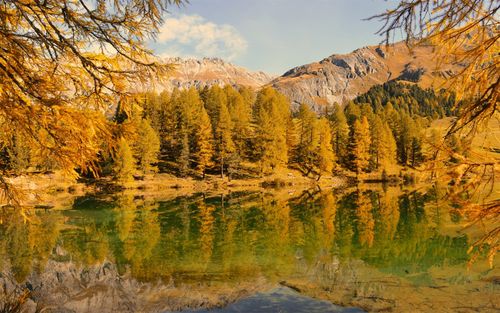Exploring the Beauty of Cultural Plaza: A Comprehensive Guide
Culture is at the heart of any society, and it serves as a reflection of the people who live within it. If you’re an avid traveler looking to gain a deeper understanding of a place’s history and customs, there’s no better way to immerse yourself in a new culture than by visiting a cultural plaza. Cultural plazas are gathering places where locals and tourists can learn about the history, art, and traditions that make a place unique. In this comprehensive guide, we’ll take a closer look at what cultural plazas are, why they’re important, and some of the must-visit cultural plazas around the world.
What are Cultural Plazas?
A cultural plaza is a public space where people can come together to learn about and celebrate the connection between a community’s identity and its cultural traditions. Typically, cultural plazas are located in the heart of a city or town and are designed to showcase the unique customs and practices of a particular culture. Cultural plazas can take many forms, from parks to museums to cultural centers. Whether it’s a street market or a large-scale festival, cultural plazas provide an opportunity for people to share their traditions, beliefs, and values with others.
Why are Cultural Plazas Important?
Cultural plazas play a critical role in preserving and promoting the diversity of our world. They allow people to connect with their cultural heritage, learn about other cultures, and build understanding and respect across borders. Cultural plazas also bring economic benefits to their communities, by attracting tourists, supporting local artisans, and promoting the region’s unique cultural identity.
Must-Visit Cultural Plazas Around the World
1. La Plaza de las Tres Culturas, Mexico City: This plaza situated in Mexico City showcases the melding of three distinct cultures- Pre-Columbian, European, and Mexican. The plaza features Aztec ruins, a colonial-era church, and a modernist tower, making it a perfect representation of Mexico’s rich cultural heritage.
2. Piazza Navona, Rome: This stunning plaza in Rome was originally built as a stadium in the first century AD before transforming over time into a center of classical art and architecture. Today, Piazza Navona is home to beautiful fountains, intricate sculptures, and street performers, providing visitors with a glimpse into Italy’s culture and creativity.
3. Olympic Park, Seoul: The Olympic Park in Seoul is the perfect example of South Korea’s modern cultural identity. Built for the 1988 Summer Olympics, Olympic Park has now become a gathering place for both locals and tourists. It features various cultural landmarks, including a sculpture park, a traditional Korean garden, and indoor and outdoor concert stages.
4. Plaza Mayor, Madrid: One of the most famous cultural plazas in the world, this architectural gem is located in the center of Madrid. Built in the 17th century, Plaza Mayor features beautiful baroque architecture, including the stunning frescoes on its buildings’ facades. Today, it is a hub for restaurants, cafes, and street performers, all contributing to the richness of Madrid’s cultural offerings.
Conclusion
Cultural plazas are an essential part of any community, offering a glimpse into the history, art, and traditions that make it unique. Whether you’re an avid traveler or a local looking to connect more deeply with your city’s culture, cultural plazas provide an opportunity to explore, learn, and grow. By visiting some of the world’s most impressive cultural plazas, you’ll gain a better understanding of global culture, expand your worldview, and make unforgettable memories along the way.
(Note: Do you have knowledge or insights to share? Unlock new opportunities and expand your reach by joining our authors team. Click Registration to join us and share your expertise with our readers.)
Speech tips:
Please note that any statements involving politics will not be approved.
